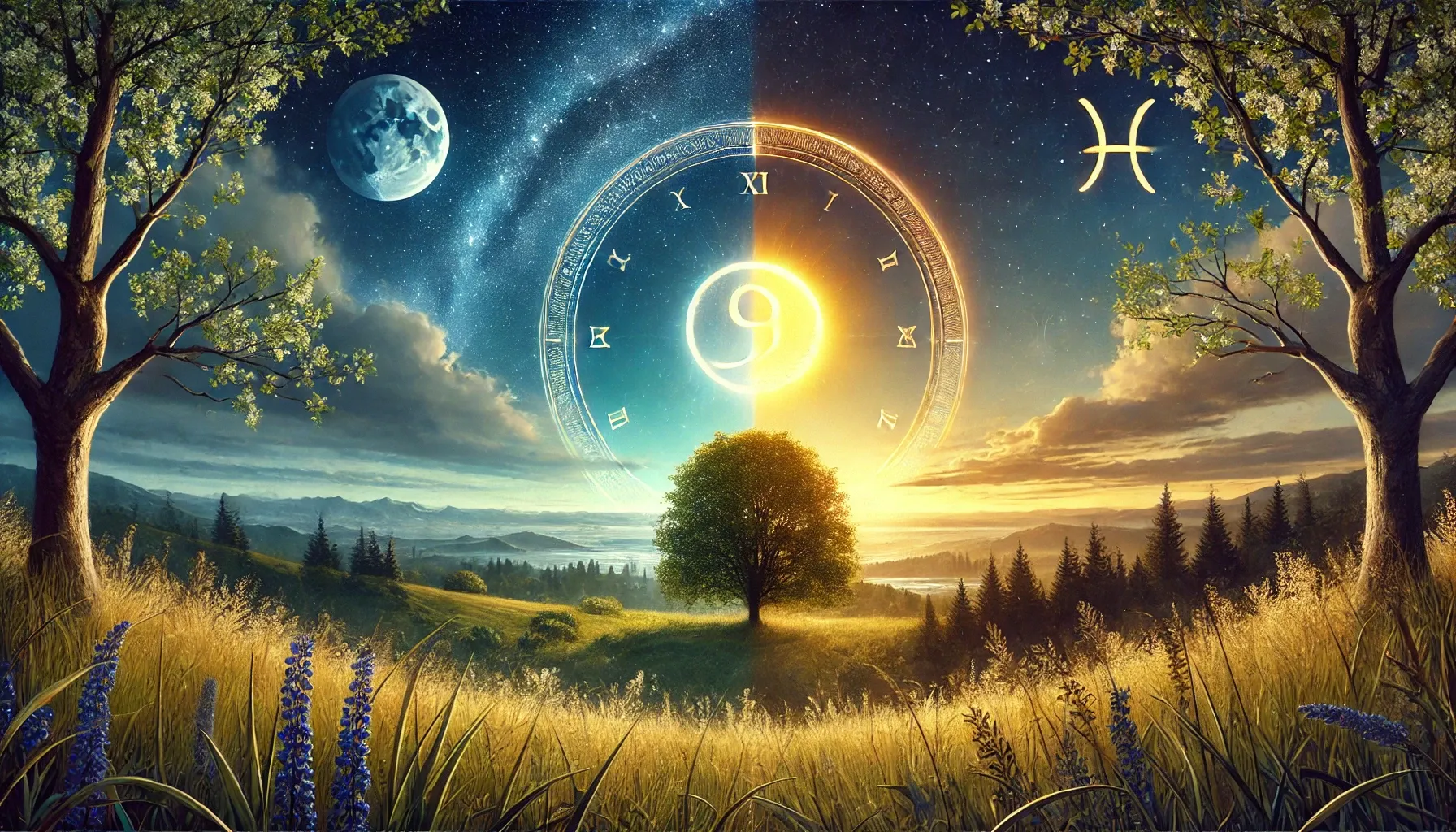UPSC
Indian Express Concise
Vernal Equinox: Earth’s Seasonal Shift
Last Updated
21st March, 2025
Date Published
21st March, 2025
Share This Post With Someone

Context:
This analysis explains the vernal equinox, marking the onset of spring in the Northern Hemisphere on March 20, 2025, and its scientific and cultural significance. The piece provides insights into Earth’s astronomical cycles, global traditions, and India’s climatic context, relevant for understanding geography, science, and cultural dynamics.
- Event Overview: The vernal equinox occurred on March 20, 2025, in the Northern Hemisphere, signaling spring’s start, while the Southern Hemisphere entered autumn.
- Astronomical Cause: Earth’s 23.5-degree axial tilt aligns perpendicular to the sun’s rays, positioning the sun directly over the equator, balancing day and night globally.
- Timing: At 9:01 UTC (2:31 PM IST), the sun crossed the celestial equator northward, creating nearly equal 12-hour day and night durations worldwide.
- Seasonal Impact: In India, it marks warmer days and pre-monsoon shifts, differing from temperate spring due to the tropical climate.
- Cultural Significance: Coincides with Nowruz (Persian New Year for India’s Parsis), celebrated for over 3,000 years, and influences festivals like Easter and Passover globally.
- Global Variations: Known as the autumnal equinox in the Southern Hemisphere; Japan observes it as Vernal Equinox Day, a national holiday for family and gravesite visits.
- Scientific Relevance: Equinoxes aid in studying Earth’s orbit and tilt, with implications for climate patterns and agricultural planning, notably in India’s diverse agro-zones.
- Historical Note: Ancient Babylonian calendars began with the first full moon post-vernal equinox, a tradition echoed in many cultures’ new year celebrations.
Key Terms:
- Vernal Equinox: Moment when the sun is directly above the equator, marking spring’s start in the Northern Hemisphere.
- Axial Tilt: Earth’s 23.5-degree inclination causing seasonal changes.
- Celestial Equator: Imaginary line above Earth’s equator in the sky, crossed by the sun during equinoxes.
- Nowruz: Persian New Year celebrated on the vernal equinox by Parsis in India.
- Autumnal Equinox: September equinox marking autumn in the Northern Hemisphere.
- Day-Night Equality: Near-equal 12-hour daylight and darkness during equinoxes.
- Orbit: Earth’s elliptical path around the sun, influencing equinox timing.
Link To The Original Article – https://indianexpress.com/article/explained/explained-sci-tech/explained-spring-vernal-equinox-9897136/